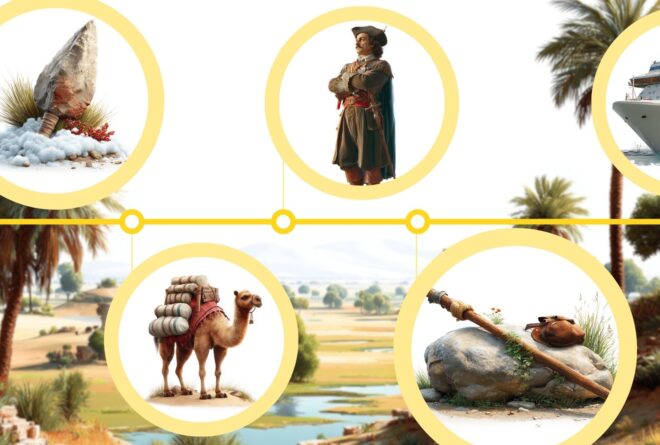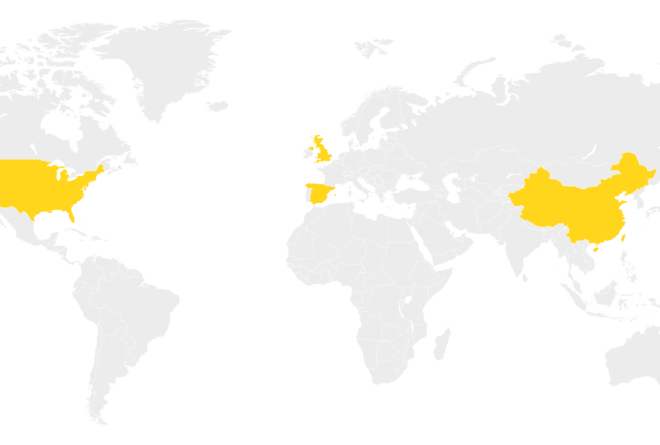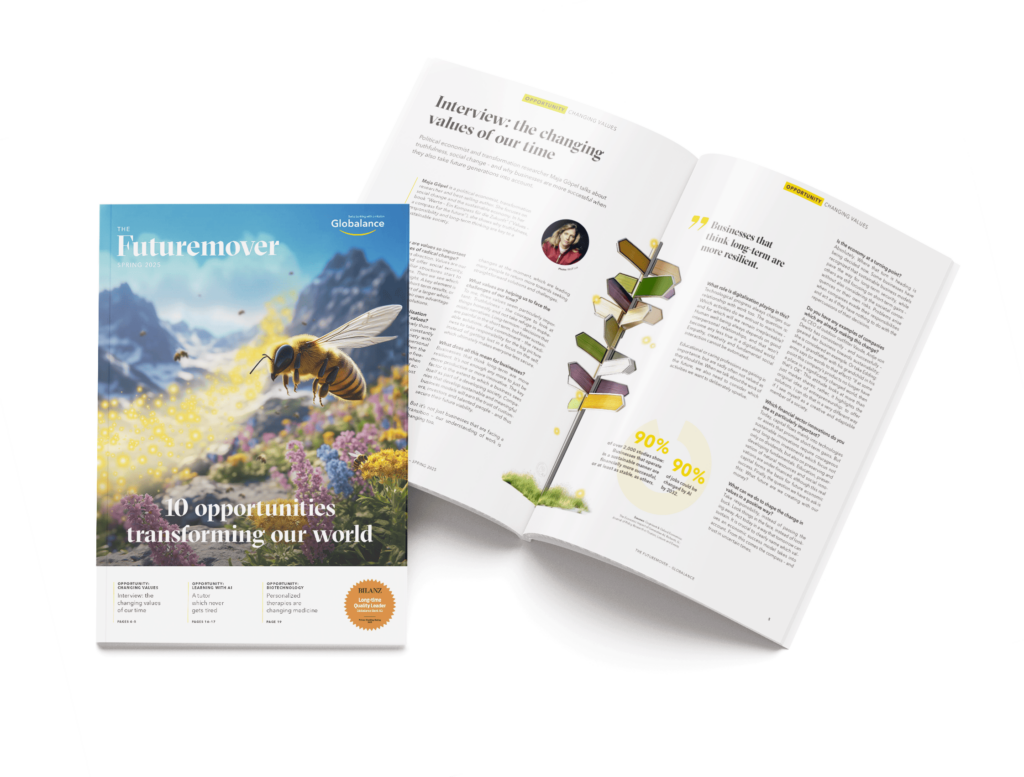News & Trends
Big Data Takes Over
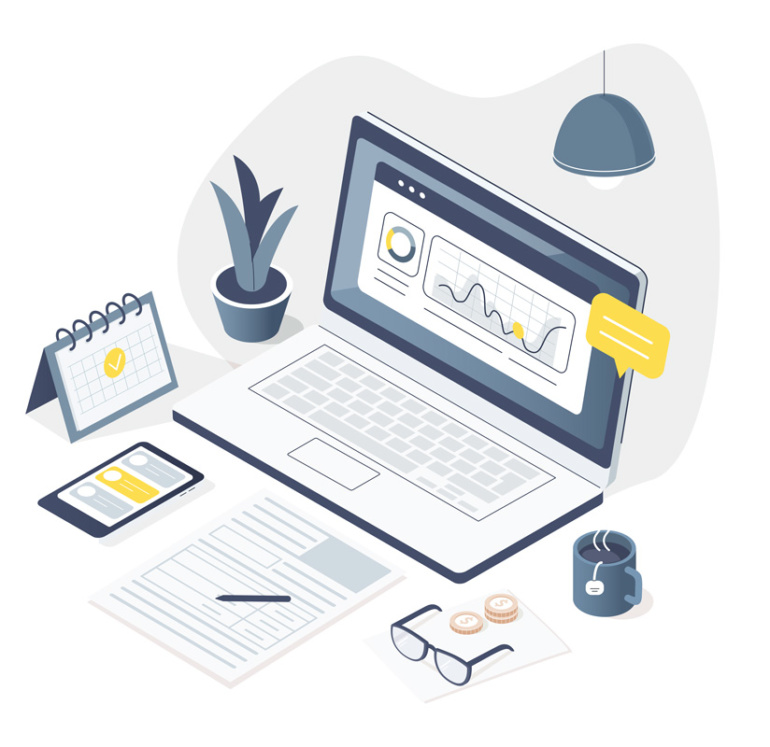
Problem or Solution?
Smart irrigation systems reliably supply the garden, intelligent heating control systems protect the environment and the refrigerator of tomorrow orders missing food autonomously. Has the smart home also moved in with you and are you already chatting with Alexa and Co?
The Internet of Things (IoT) generates a never-ending flood of data. Worldwide, almost nine billion IoT devices are already connected today and by 2023 this figure will already be 19.8 billion. Another gigantic big data supplier is growing up. All in all, the amount of data has soared exorbitantly in the recent past — 90 percent is no more than two years old and an additional 40 percent growth is predicted every twelve months.
The Oil of the 21st Century
Two thirds of the world is always connected and the smartphone is their loyal everyday companion which collects geopositional data and uses facial recognition, as well as apps like TikTok to record people’s movement patterns. All this generates Megadata, which is processed, recorded and stored amazingly quickly. Big Data is made available for the carrying out of evaluations and it provides a preliminary breakdown of the raw data. The quantity and diversity of data is overwhelming and far in excess of human analytical. abilities. With the help of AI, Big Data can be stored in Real-time processing, sorting and be made usable in the long term. At the same time the “new Oil” is AI and acts as its Elixir of life. We already use AI almost 220 times a day. According to Data Age surveys, the frequency will rise to 4,800 uses by 2025.
This may seem disconcerting at first glance — who likes to call oneself a “transparent citizen”? Nevertheless, artificial intelligence and big data offer us the potential to make economic sectors more efficient.
Data on the Assembly Line — Industry 4.0
Big Data creates opportunities across all sectors. From transportation and healthcare to retail and power and heat generation. Digital car repair shops repair remotely, autonomous driving is on the doorstep, the quality of medical treatment is monitored. Will fitness trackers possibly contribute to more efficient therapies in the future? Big Data feeds besides the marketing strategies with customer behavior patterns and enables intelligent power grids. Viewed through green glasses, the heart of sustainability also smiles — low levels of faulty production help to conserve resources and early, precise defect detection can prevent complete breakdowns.
Areas such as machine and deep learning, virtual reality, data-driven predictive analysis and connectivity is all growing at double-digit rates.
Smart into the Future
Siemens produces about 17 million programmable logic controllers (SIMATIC) each year for the automation of industrial production. The highlight — production at the Siemens plant in Amberg is controlled by these SIMATIC components. The automated production is 75 percent controlled by robots, resulting in a quality standard of 99.9 percent. AI-supported, predictive maintenance can inform plant operators between 12 and 36 hours before a possible system failure. The IoT therefore automates so entire industrial processes along the value chain and enables a direct communication between Machines, equipment, Goods and people.
Agriculture of the Future
Smart farming can also be an innovative key to the door of climate neutrality. For example, sensors and intelligent cameras can detect weeds and use crop protection products much more selectively. Herbicide use can be reduced by up to 95 percent through AI precision techniques. Robots already systematically take soil samples and check them for any char-acteristic values that can be viewed via app. IoT-Farming uses intelligent power grids to enable precise calibration of greenhouses and indoor agriculture to produce environmentally friendly vegetables and fruit.
Reduction of CO2 emissions through optimized supply chains and logistics processes, energy savings in the smart home sector or the development concepts of Green Cities — Big Data and AI can become real gamechangers providing countless practical ways to achieve climate targets. According to a World Economic Forum survey of more than 600 IoT applications, 84 percent of digital solutions contribute to achieving SDGs.
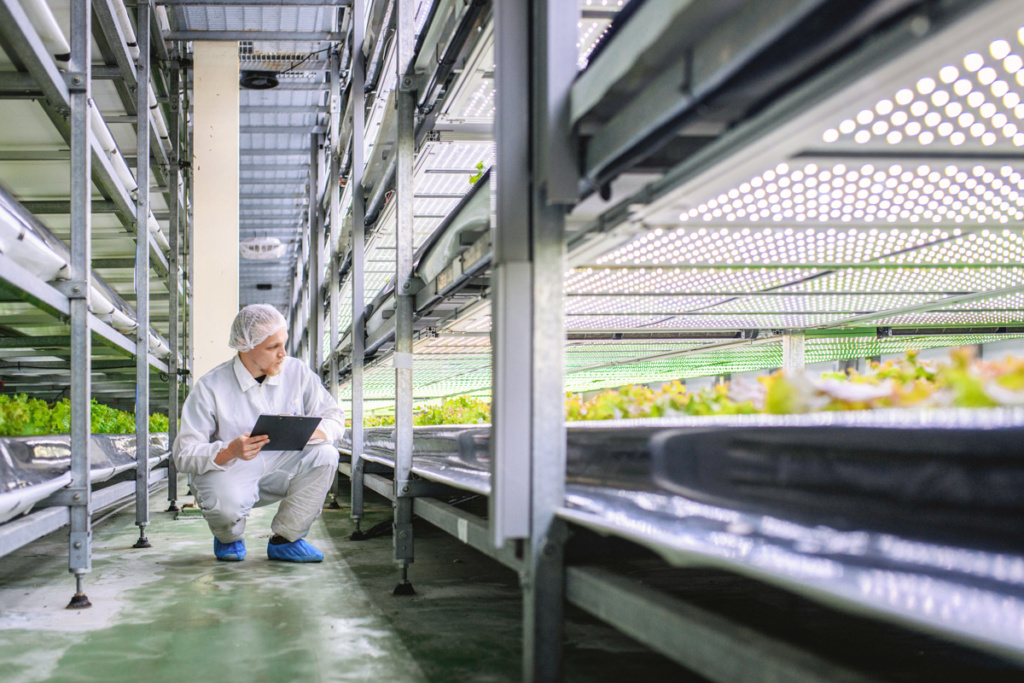
Big Data is the Ploughshare of Digitization
Only the sheer availability of data makes many of the new digital business models and their faster, cheaper, smarter and customized solutions possible. Big Data opens up exciting investment opportunities in the areas of “data storage”, “data preparation” and “artificial intelligence”. However, investors should pay attention to the handling of private data and the ethical design of artificial algorithms.





